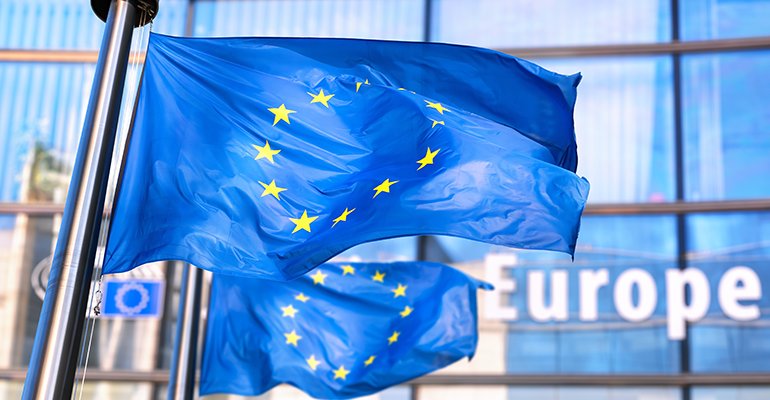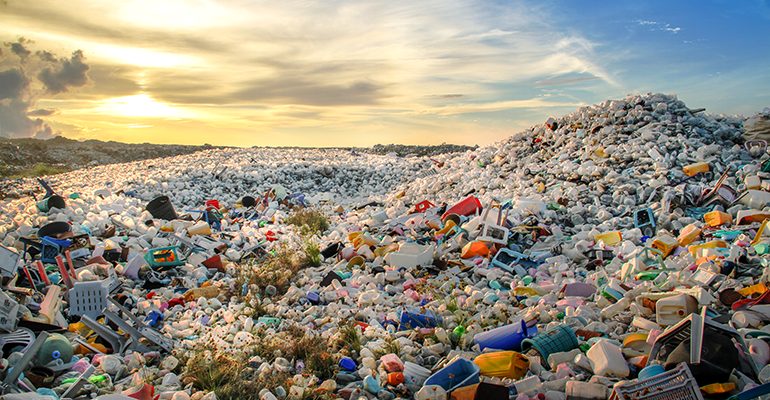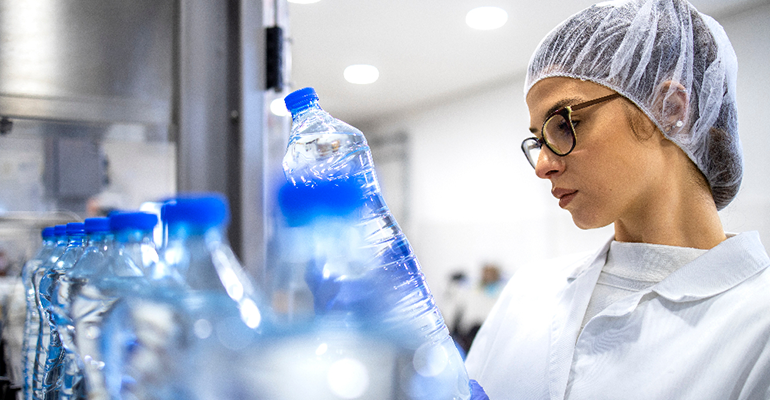Welcome to SJGLE.com! |Register for free|log in
Welcome to SJGLE.com! |Register for free|log in

Related Searches: Tea Vitamin Nutrients Ingredients paper cup packing
With a budget of €95.5 billion, R3PACK is part of Horizon Europes seven-year project, an ambitious European unio (EU) research and innovation framework programme.
"The R3PACK project aims at developing sustainable fibre-based and plastic-free technologies and fostering reuse schemes," says Carla Valeiras Álvarez, EU policy officer at Safe Food Advocacy Europe (SAFE).

© AdobeStock/Grecaud Paul
Assessments into pathways to stop plastic pollution indicate substituting plastic with paper and compostable materials can replac one-sixth of the projected global plastic waste generation by 2040, Valeiras Álvarez says. Further, elimination, reuse and new delivery models, such as those that R3PACK promotes, will contribute to avoiding nearly twice as much plastic waste.
The public consultation on revising EU food contact materials (FCMs) rules to modernise them with todays needs closed in January 2023 after more than two years of deliberation. The European Commission (EC) launched the revision in December 2020 to encourage safe, reusable, and recyclable solutions that help lower the food industrys environmental impact.
"The revision of EU rules on food contact materials presents a great opportunity to establish an EU harmonised approach to food contact materials such as paper and cardboard, glass and metal," says Valeiras Álvarez.
"However, legal certainty is needed from EU legislation to continue incentivising innovation," Valeiras Álvarez details. R3PACK says legislators must updat the law to encourage alternative sustainable food packaging and prevent harmful chemicals from coming into contact with food. Legislation is also vital for reuse schemes as its uptake is crucial to reduce packaging waste at the source.
The EC is contemplating several policy options to address the plastic pollution problem, including introducing specific rules to ensure that FCMs are manufactured from less traditional and potentially more sustainable production sources and methods.
"Reuse and substitution are two complementary strategies for reducing single-use plastic, since depending on the products, one or the other solution will be more suitable for technical, economic and environmental reasons," says Valeiras Álvarez.
 © AdobeStock/Aryfahmed
© AdobeStock/Aryfahmed
R3PACK is developing business-to-consumer (B2C) industrial reuse schemes, which see the consumer return the packaging to the sales point. The substitution of single-use plastic packaging with a fibre-based solution drastically reduces the need for virgin plastic, as commercialised solutions can reach high levels of more than 90% fibre content.
"If radically less plastic is produced, then less plastic becomes waste; if industrial reuse schemes uptake effectively, then there will be less demand for virgin plastic, and overall production will decrease," Valeiras Álvarez continues.
R3PACK recognises that fibre-based packaging can substitute complex multilayer plastic packaging, entirely replacing plastic linings with bio-based barrier coatings and additives, and should, therefore, be promoted as a substitute.
"R3PACK specifically targets multilayer plastic packaging due to their current low-recycling rate," says Valeiras Álvarez. The complexity of their composition makes it technically and economically challenging to separate and valorise each layer. "wheras fibre-based packaging is recyclable with the current available infrastructures but requires a high fibre content to ensure recycling efficiency," adds Valeiras Álvarez.
"The biggest challenge remains how to reach the required performance of plastic packaging with fibre-based materials," says Valeiras Álvarez. Food manufacturers will need to reach similar barriers in terms of oxygen, humidity and grease levels and obtain similar production cadency, maintain shelf life and organoleptic properties.
 © AdobeStock/littlewolf1989
© AdobeStock/littlewolf1989
Paper and coated paper are also cited as two of the most relevant and prominent materials available to replac problematic and complex plastic films and multilayer flexibles.
The R3PACK framework focuses on proposing the right packaging for the right products with the right washing and return logistics strategies adapted to the local context. Widespread awareness and adoption are essential, too, with the project creating a model for collaboration between players.
In its roadmap, the EC announced it would expand rules to prioritise and support all safe reuse and recycling forms. "It remains to be seen how these will take form and how requirements and procedures are clearly defined," says Valeiras Álvarez. R3PACK outcomes, with real-life cases and data, will be a relevant tool for policy and decision-makers when drafting sound and effective rules.
E-newsletter
Tags